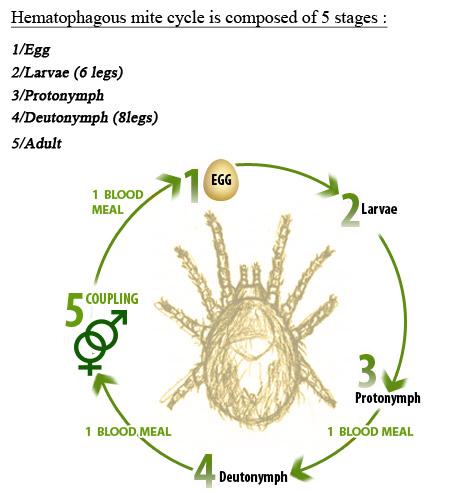|
Parasites
There are many species of reptile parasites but the most common is Ophionyssus natricis better know under the name snake mite. This frequent parasite seems to be linked with captivity since no publications report on its natural occurrence. Lizards are more frequently parasitized by other acari species such as Pterygosoma or Zonurobia which settle themselves under the scale of agama, iguana or gecko species.
Those parasites are detected visually and look like mobile black spot smaller than 1 mm. When present they can easily be found in water basin, animals and on hands after having manipulated animals. Infected animals are often agitated, search for scratching surface or lid in water trying to get rid of pests.
|



